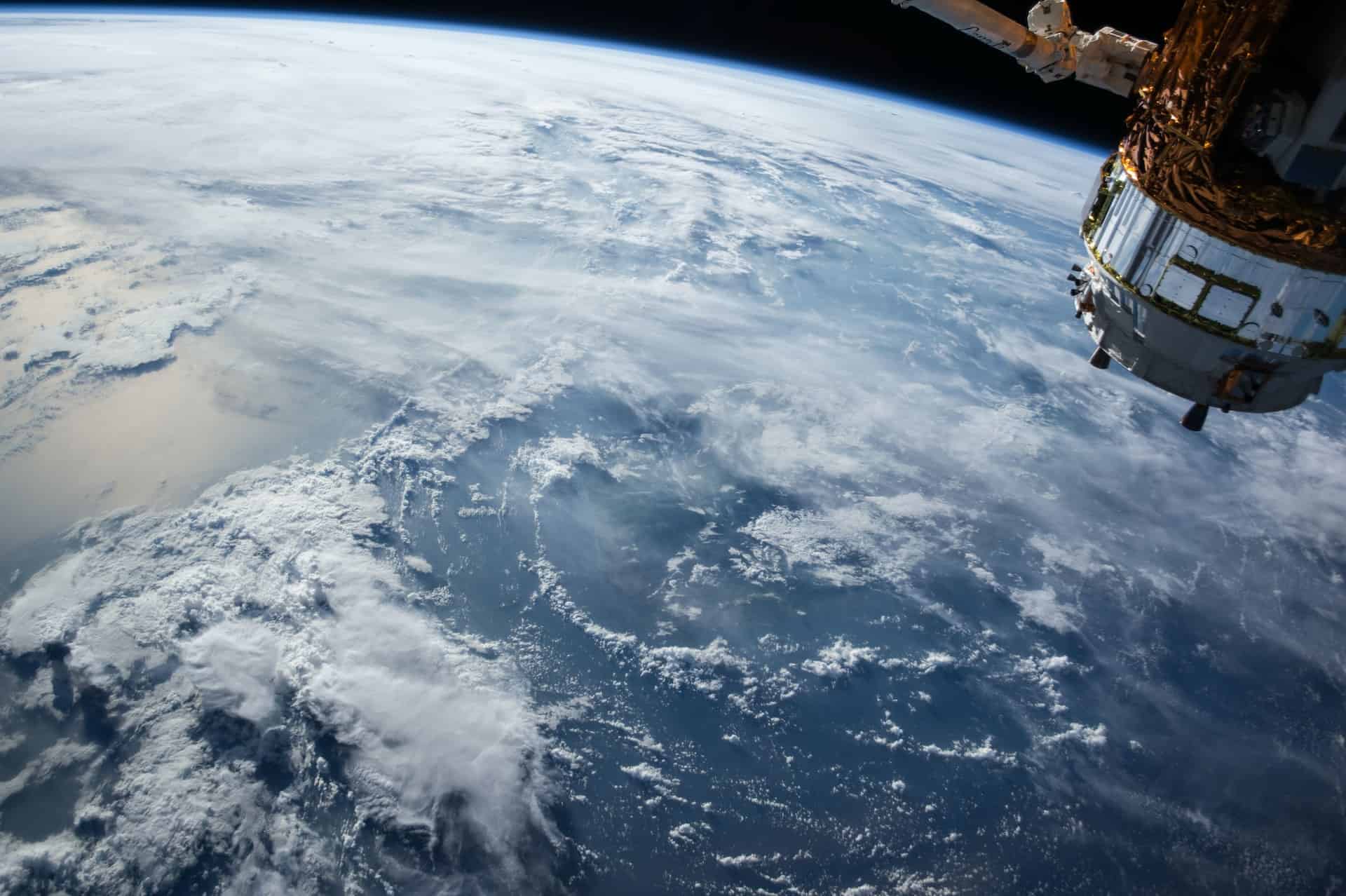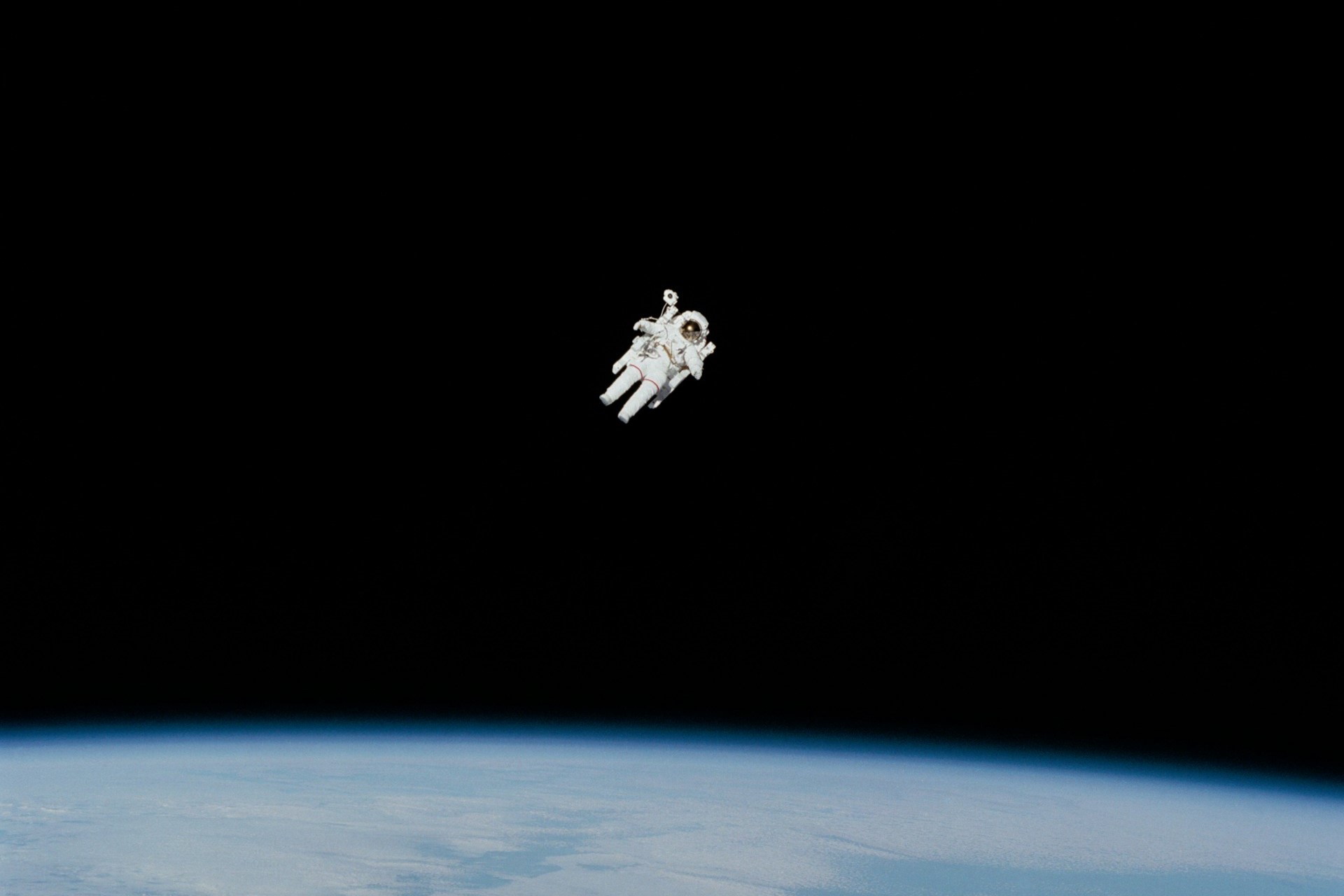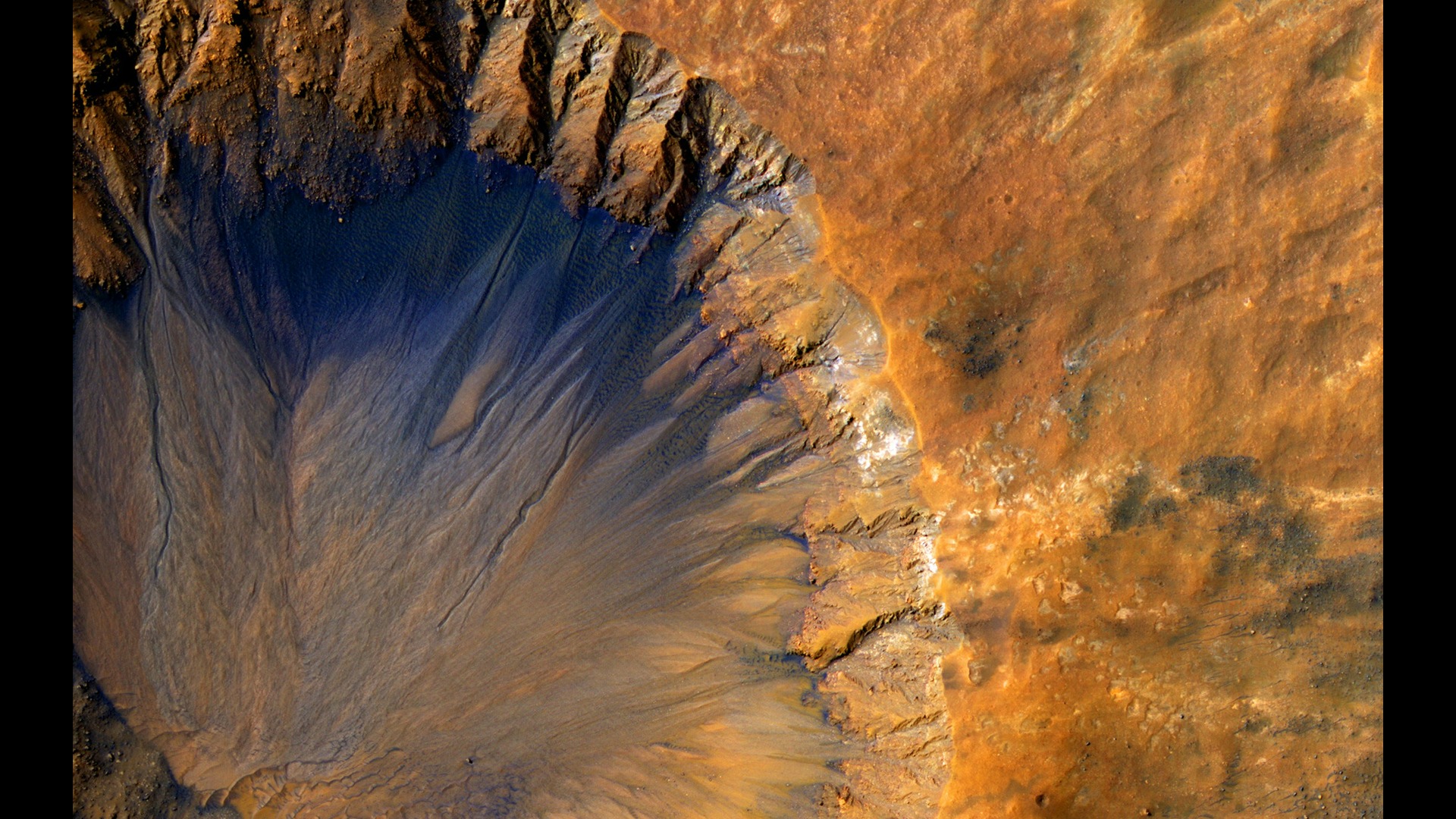
What Could Future Satellite Launches Look Like?
October 19, 2022 - Emily Newton
Revolutionized is reader-supported. When you buy through links on our site, we may earn an affiliate commission. Learn more here.
So much of modern technology relies on satellite launches and the devices orbiting Earth. As of 2022, upwards of 4,800 active satellites are orbiting our home planet and more are being launched yearly. SpaceX’s Starlink constellation alone has more than 2,500 satellites in orbit right now. Elon Musk is planning to launch as many as 42,000 when it’s complete.
The only way to get a satellite into orbit is with a rocket launch, burning tons of fuel to help the rocket escape the Earth’s gravity. It is possible to launch dozens of satellites at a time — especially the tiny CubeSats that have become popular in recent years. These launches still burn up a lot of fuel and dump greenhouse gasses into the atmosphere. Are there any alternatives? What does the future of satellite launches look like?
The Rise of Reusable Rockets
Since the beginning of the space race, rocket launches have relied heavily on single-use devices. These multi-million dollar launch vehicles could be used once before they sank in the ocean, burned up during reentry or were otherwise discarded by NASA engineers. Even during the Space Shuttle program, the boosters that carried the Shuttle into orbit fell into the Atlantic Ocean and sank to the bottom. The iconic orange fuel tank was designed to burn up during reentry after it disconnected from the Shuttle.
The rise of privatized space flight has fueled a push toward creating fully reusable rockets. No one has yet managed to create entirely reusable rocket. Most private companies — like SpaceX, Blue Origin, Virgin Galactic and others — are well on their way. SpaceX is probably the closest, but they’ve got quite the head start on the other private space companies. They’ve also received a lot of funding from NASA and others. Reusable rockets are one way to reduce the impact of multiple satellite launches. You still have to worry about the cost of fuel and the effect that these launches will have on the environment.
The environmental concern wasn’t as much of an issue when there were only a few launches yearly. Now, we’re looking at multiple launches every week. SpaceX alone has an average of one launch planned every week for 2022, which doesn’t account for NASA launches or missions planned by other space agencies worldwide.
SpinLaunch Suborbital Accelerator
A single Falcon 9 can easily carry 60 Starlink satellites in orbit at a time. If the final constellation is going to consist of 42,000 satellites, that’s still 700 more launches. If they can manage one launch a week, we’re looking at another 13 years of satellite launches. What if we could remove rockets from the equation altogether? That’s what the SpinLaunch Suborbital Accelerator is hoping to accomplish. The accelerator is taller than the Statue of Liberty. It uses a vacuum-sealed rotating projectile arm to catapult items into orbit.
SpinLaunch is still in its test phase, but projections estimate that it will be able to launch payloads that weigh about 440 lbs (200kg) into orbit. It uses the momentum from the launch to coast until the projectile splits open. Then, an equipped booster gives the satellites a little push to move them into their target orbits. If things continue to go well, the company estimates it will use four times less fuel and cost up to 10 times less than a traditional rocket launch to achieve the same goal.
Satellite Launches vs. Space Junk
There are around 4,800 active satellites in orbit — but that doesn’t account for those that have stopped functioning but are still circling the planet. There are more than 3,000 dead satellites still orbiting Earth and thousands of pieces of space junk. Experts estimate that around 34,000 pieces of space junk in orbit are larger than 10 cm and likely millions of pieces smaller than that.
This space junk is made up of pieces of broken satellites, dropped or discarded tools and trash from astronauts in orbit, small pieces of rock and even things as small as paint chips off the exterior of a space station or Shuttle. The problem is that these things are moving fast. Have you ever stuck your hand out the car window during a rainstorm? A drop of water at 60 miles per hour stings. Imagine hitting something that size at several thousand miles an hour. Tiny meteoroids or flakes of paint accelerated to those speeds can puncture hulls, tear holes in space suits and put astronaut lives at risk.
Modern satellites are often equipped with thrusters to avoid significant collisions. The International Space Station has recently had to complete evasive maneuvers to avoid colliding with large pieces of space junk. The more satellites we put into orbit, the more junk we’ll be left to deal. That junk makes it harder for astronauts to explore beyond our little blue marble. It’s hard to think about exploring the known universe when we’re so busy littering our orbit with broken satellites.
The Threat of Kessler Syndrome
Getting into orbit isn’t the only problem when dealing with space junk. Kessler Syndrome, named for NASA scientist Donald Kessler, details what might happen if we don’t do something about the growing debris belt beginning to surround the planet. In a 1978 paper, he noted that the likelihood of satellite collisions would increase with each device placed in orbit. These collisions would become more frequent, creating a debris belt around the planet that would hinder future space exploration or satellite launches.
Once it reaches critical mass, a Kessler Syndrome event could create a chain reaction that damages or destroys most satellites and space stations in orbit. This devastating event was the plot of the 2013 movie “Gravity.” The movie version is dramatized, but the potential for this kind of chain reaction grows with each bit of space junk added to orbit.
Surrounding the Earth with Satellites
The satellites in orbit around Earth play an enormous role in keeping our world running. Everything, from the GPS you use to navigate to the phone signal you use to communicate, relies on the growing network of satellites in orbit. If we’re going to surround the Earth with these devices, we’ll need to develop a better form of satellite launches and we’ll need to do something about the amount of space junk threatening to take out everything that’s already up there.
Revolutionized is reader-supported. When you buy through links on our site, we may earn an affiliate commission. Learn more here.
Author
Emily Newton
Emily Newton is a technology and industrial journalist and the Editor in Chief of Revolutionized. She manages the sites publishing schedule, SEO optimization and content strategy. Emily enjoys writing and researching articles about how technology is changing every industry. When she isn't working, Emily enjoys playing video games or curling up with a good book.







